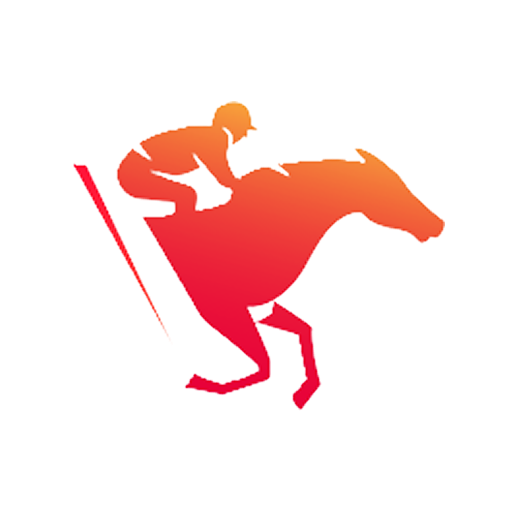







SARGA.CO – A horse has a rather unique visual system. Many people may already know that horses can see nearly 360 degrees around them.
However, there’s still some debate about how sharp a horse’s vision is.
By understanding how horses see, it becomes easier to understand why they sometimes react fearfully to something—even when their view is blurry.


According to malgretoutmedia.com, a horse is equipped with both binocular and monocular vision. This means that in some situations, they see with both eyes at once, while in others, they rely on just one eye to observe their surroundings.




Binocular vision, which uses both eyes, produces a sharper image of objects and helps the horse judge distances more accurately.
Conversely, when a horse uses monocular vision—either the right or left eye—the image appears blurrier. However, monocular vision allows horses to detect movement in their environment more effectively.
For reference, when using binocular vision, a horse can cover about 65 degrees of its surroundings. Meanwhile, each eye’s monocular vision can reach up to 146 degrees.
It’s no surprise that horses are often startled when something suddenly enters their peripheral vision while monocular vision is in use.
To handle this, a jockey—or the horse itself—will turn the head so that the object can be viewed clearly with binocular vision.
The only blind spot a horse has is directly behind its tail, covering an area of about 3 degrees.
It’s also worth noting that horses cannot see objects directly below their heads. To detect what’s in this area, they rely on their whiskers to feel for objects—particularly grass or water.






Another point of debate regarding horse vision is whether these odd-toed ungulates can see colors clearly or are color-blind. The answer: horses can see some colors.
However, a horse’s ability to perceive color is not as rich as a human’s. Humans are trichromatic, meaning they can see and distinguish three primary colors—red, yellow, and blue—and their combinations.
Horses, on the other hand, are dichromatic, meaning their color range is more limited. As a result, they see the world in a more muted, grayish tone compared to humans. However, they can clearly distinguish between black and white.
Another surprising finding is that horses have better night vision than humans, though their daytime vision is worse.
A horse’s eyes have specific structures that enhance low-light vision, including larger pupils shaped like rectangular slits, a reflective tapetum acting as an internal mirror, and a higher number of rod photoreceptors. These features help horses capture more light at night.






Horses also have much larger eyes than humans—about eight times bigger. This is similar to the eye size found in some other mammals.
With these larger eyes, horses have bigger retinas, allowing them to see objects about 50% larger than humans do.
However, this doesn’t mean that larger objects appear in more detail. Horses have poorer visual acuity than humans when it comes to distinguishing fine details.























































Install SARGA.CO News
sarga.co